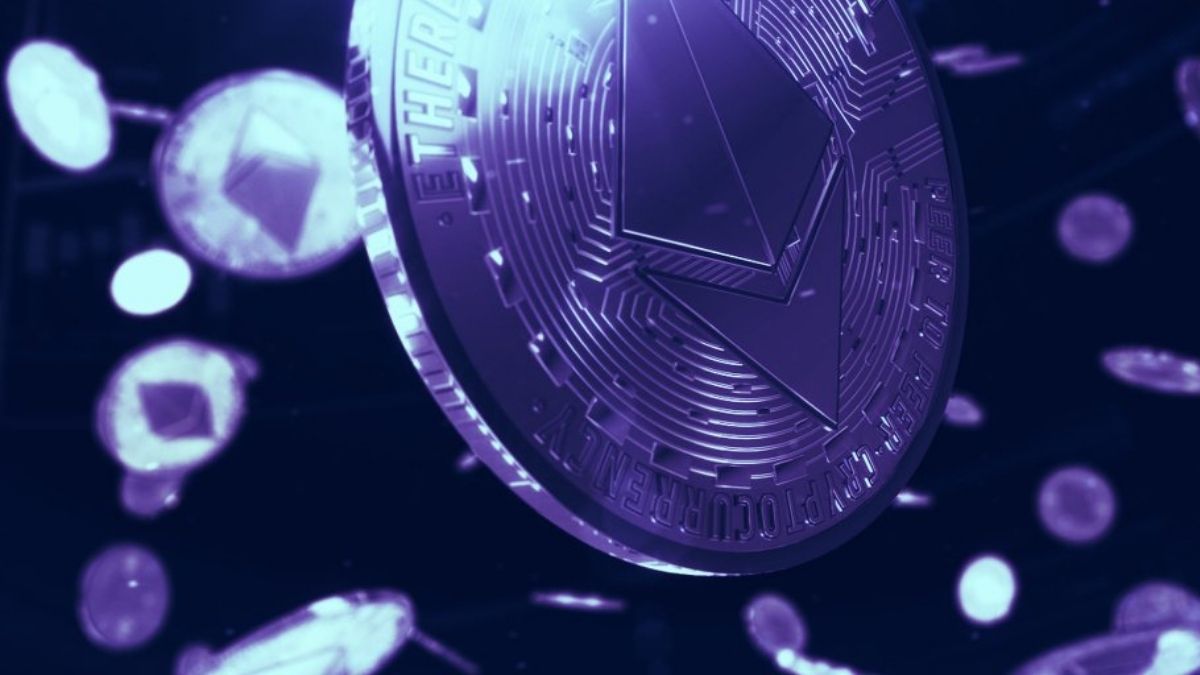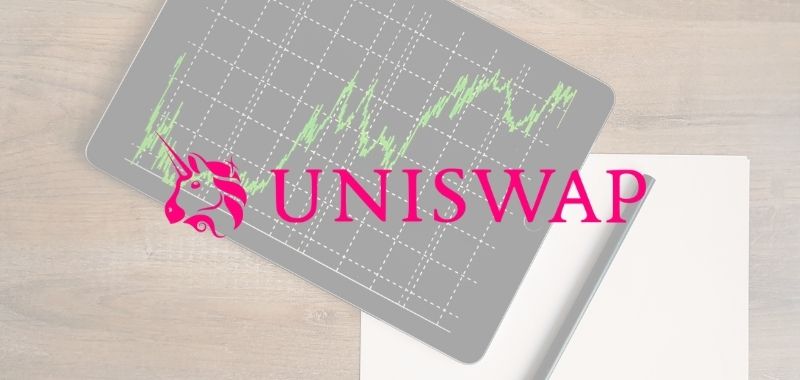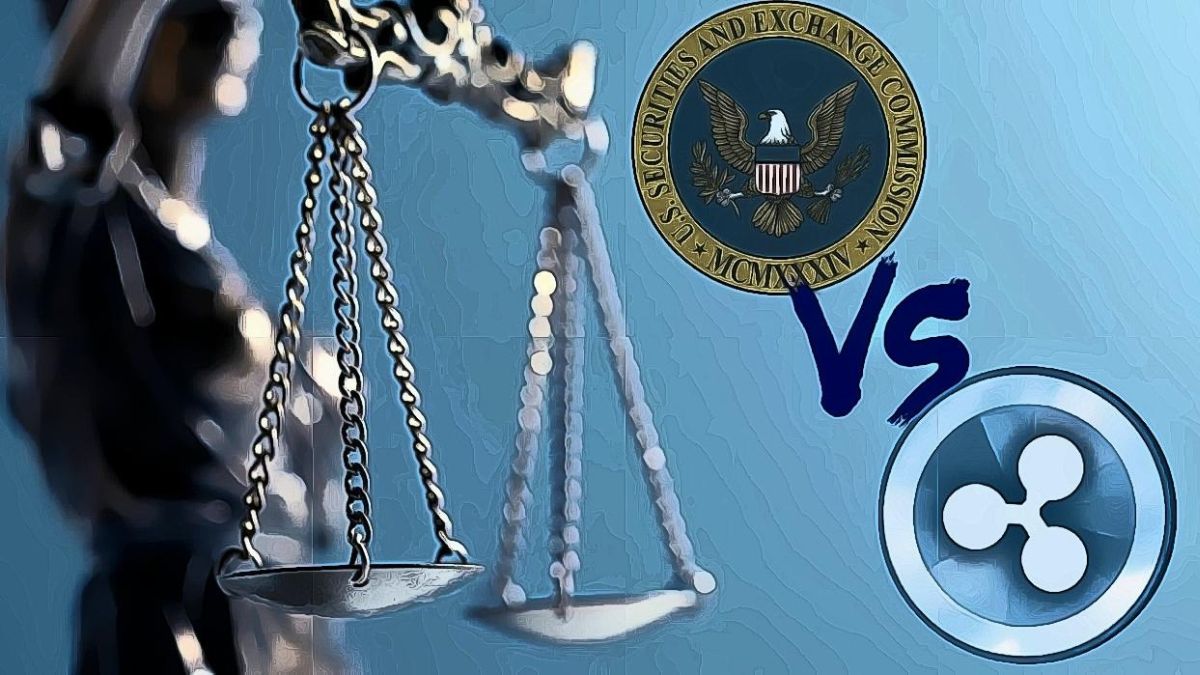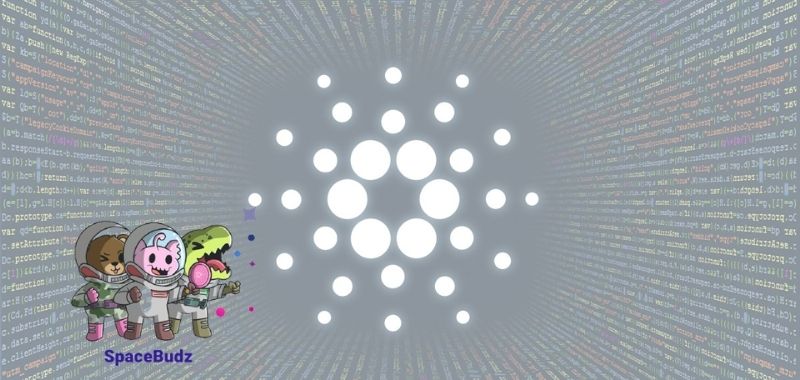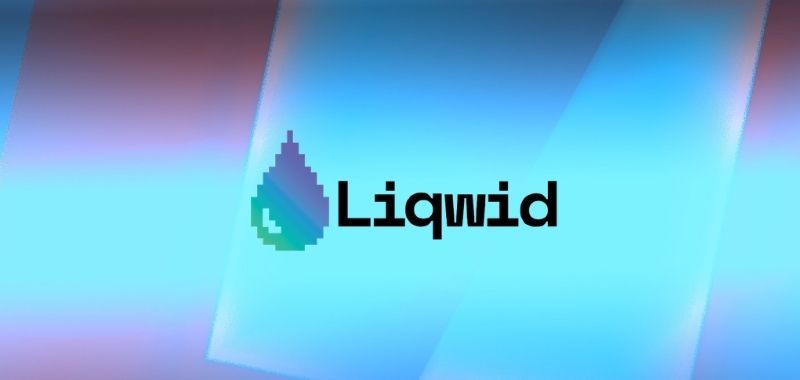DeFi News
This website tells you which DeFi platforms are most secure and which are not

The DefiSafety website, created at the end of last year, is dedicated to ranking decentralized finance (DeFi) projects and platforms based on their security levels. The tool has recently gained strength due to the demand of users to verify the security of the platforms they use.
The 5 safest DeFi according to Defi Safety are: Compound (97%), mStable (97%), Synthetix (96%), Bancor (96%) and Gnosis Safe (95%). The latter received this validation recently from the site.
Among other DeFi that according to the website have higher security levels are Ampleforth (93%), Yearn V2 Finance (93%), dydx (92%), AAVE V2 (91%), Gnosis DEX 91%, Kyber 89 %, Maker DAO (85%), Uniswap DEX (86%)
On the other hand, the 5 most insecure DeFi according to data from the same site are: YFFI Finance (2%), Perlin X (3%), YFV Value DeFi (8%), CREAM (8%) and DeFiner (20%).
All the DeFi platforms mentioned above are categorized according to their level of security, regardless of how useful they are.
The DeFi found in DefiSafety are classified into the categories of assets or crypto assets (assets), decentralized autonomous organizations (DAO), derivatives, decentralized exchanges, indexed exchanges (index) and lending platforms (lending).
How DefiSafety works
In an explanatory publication on the website, DeFiSafety details what are the elements that they verify in each audit to make their classification. Using a criterion that seeks to verify quality, they explain that their methods are applicable to all smart contracts, not just those used in DeFi. The process can be summarized in the following steps:
- The first thing is to verify that the address of the smart contracts already deployed on the blockchain are shared or published in a timely manner by their developers.
- Next, we proceed to verify that the published contract address is the same as that indicated in the software repository used to program the contract.
- Also, all documentation about the capabilities of the smart contract and what tasks it can perform should be available .
- The fourth point to verify is that the developers have carried out tests or simulations and show evidence of this, executing the code that they claim corresponds to the smart contract.
- As the fifth aspect, but not least, the smart contract code must be verified by experts outside the project , to avoid any bias in its evaluation.
In this way, through a series of tests and questions, DefiSafety analysts analyze the security of a smart contract. However, they clarify, the code evaluation does not determine if the contract is the most appropriate to coordinate a specific financial scheme or protocol, since they do not focus on evaluating its efficiency in this regard.
Above all, transparency is the most important thing for DefiSafety, they point out in another publication. Although a high level of transparency does not free a smart contract from being vulnerable if an attacker intends to undermine it, it is a desirable practice for the industry as it provides more certainty to all its participants, they say.

Demand for DeFi security increases
The platforms blockchain finance decentralized or DeFi, many based on ethereum protocol, promising massive financial inclusion users worldwide.
The origins of these platforms as Ethereum’s decentralized application concept (dApps) date back to 2017 and 2018, with the rounds of initial funding or initial coin offerings (ICOs) taking place frequently during those years.
Although some did not last and were relegated to the last positions in the market, many times abandoned by their developers, financiers and communities, during 2020 applications such as MakerDAO, Compound, AAVE, Uniswap, SushiSwap and many others have had significant growth.
Being an attractive focus for cryptocurrency users , security has become increasingly important. Not for nothing have been the numerous attacks and incidents that some platforms have received, as we have reported in Cryptoreportage, leaving thousands of users without their money and these projects seriously affected.
DeFi News
UK updates its tax policies on DeFI and Staking loans

The UK’s tax authority, Majesty’s Revenue and Customs (HMRC), released an update to its guidance on Wednesday, reported Bloomberg.
The new policy provides a series of “guiding principles” that act as general guidance in determining whether DeFi-related return or participation should be classified as income or capital gain.
How loan returns or staking is taxed depends on whether it is considered capital or income, however determining this can be a complex task. In the post, the HMRC admitted about this difficulty:
Token lending/staking via Decentralized Finance (DeFi) is a constantly evolving area, so it is not possible to establish all the circumstances in which a lender/liquidity provider makes a return on their activities and the nature of that performance. Instead, some guiding principles are established.
New policy to tax DeFi and staking
The latest guide sets out four distinct points designed to make it easier for people to determine the nature of their tax. Firstly, if the return received by the lender or liquidity provider is known “at the time the agreement is made”. If known, it would indicate a revenue receipt, but if unknown, it would indicate a capital receipt.
Second, if the return is realized through the disposal of a capital asset, it qualifies as capital. Conversely, if the borrower, or the DeFi lending platform, pays the yield to the lender/liquidity provider, the yield should be classified as income.
Third, the regulator indicated that lump-sum payments are “more likely” to qualify as principal; while recurring payments are “more likely” to be in the nature of revenue. Finally, the HMRC mentions the loan period as another variable that determines the nature of the repayment, everything will depend on whether it is “fixed or indefinite, short or long term”, he said.
The document presents some examples of how users can determine the nature of their loan return or participation. For example, if the return amount has already been agreed upon, say 5% per annum, it will most likely be a revenue receipt, the regulator said. On the other hand, if the income is “unknown and speculative”, it is probably a capital receipt.
As CoinDesk noted, the new policy is an update to previous guidance that had been published by HMRC in March 2021. According to that document, taxation of staking trades depended on whether the activity amounted to “taxable trading.” The wording closely resembled the established rules for taxing cryptocurrency mining, the outlet adds.
DeFi News
New SEC Definition Includes DeFi Exchanges
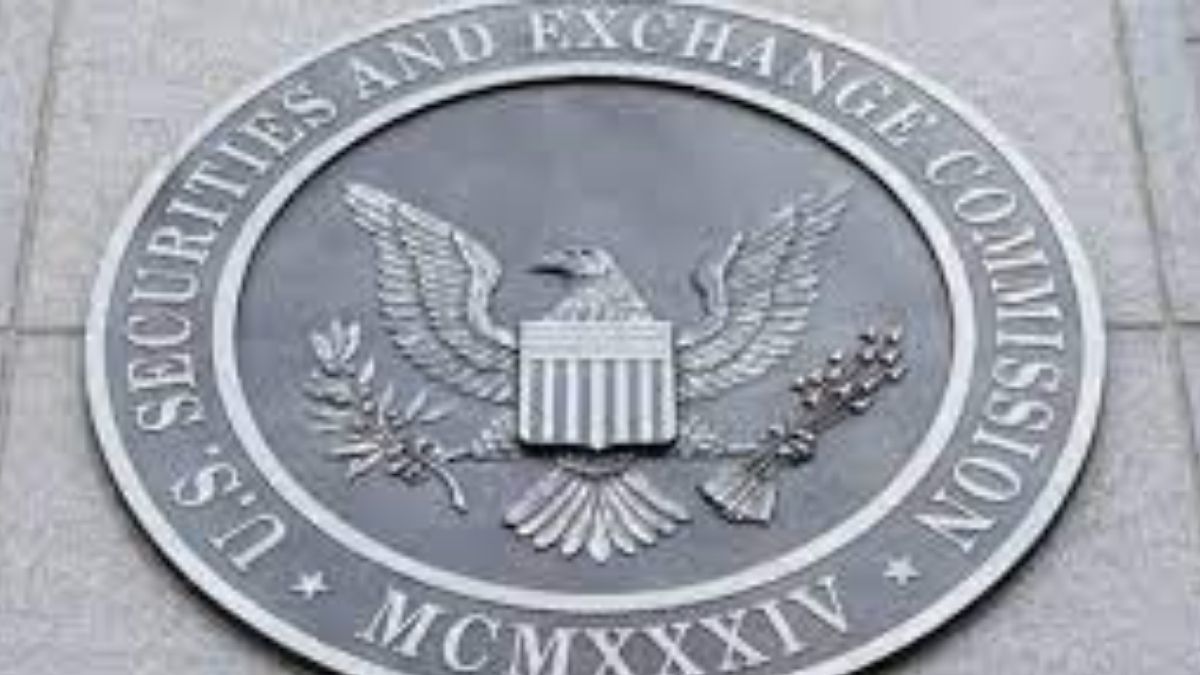
The US Securities and Exchange Commission (SEC) is interested in the fact that the definition of a stock market would now be much broader, also encompassing systems that allow buyers and sellers to communicate their interest in trading this type of asset, which which would include decentralized exchanges (DEX) such as Uniswap, PancakeSwap and many others for bringing together this type of people interested in trading digital currencies.
The measure would require platforms that meet these characteristics to register with the US Securities and Exchange Commission as securities brokers, and since decentralized exchanges would not be able to meet the demands required by this type of license, this could imply the imminent cessation of its operations throughout the United States.
More delicate than it seems
Some analysts and enthusiasts express concern about the possible repercussions this could have for the sectors associated with digital currencies.
In this regard, the DeFi sector enthusiast, Gabriel Shapiro, presented an even more delicate panorama for this type of exchange, since such a definition could also address even block explorers, such as Etherscan, precisely because they allow users to users interact with smart contracts to communicate business interests.
In this sense, it highlights that all this can be interpreted as a restriction on freedom of expression, for which it would be completely unconstitutional.
From a regulatory point of view, the SEC commissioner, Hester Peirce, also expressed her concerns and echoed some aspects mentioned above, placing special emphasis on the broad and diffuse nature of the changes proposed by the entity, which even go far beyond the scope and jurisdiction of the regulatory body.
On the other hand, Peirce criticized the fact that the interested community has very little time to read, understand and consider the proposal, which is not consistent with the implications it could have, since it would be making changes to an ecosystem that moves thousands of million dollars, which it could harm in unforeseen ways.
DeFi News
Uniswap exceeds US$500 billion in traded volume since its launch
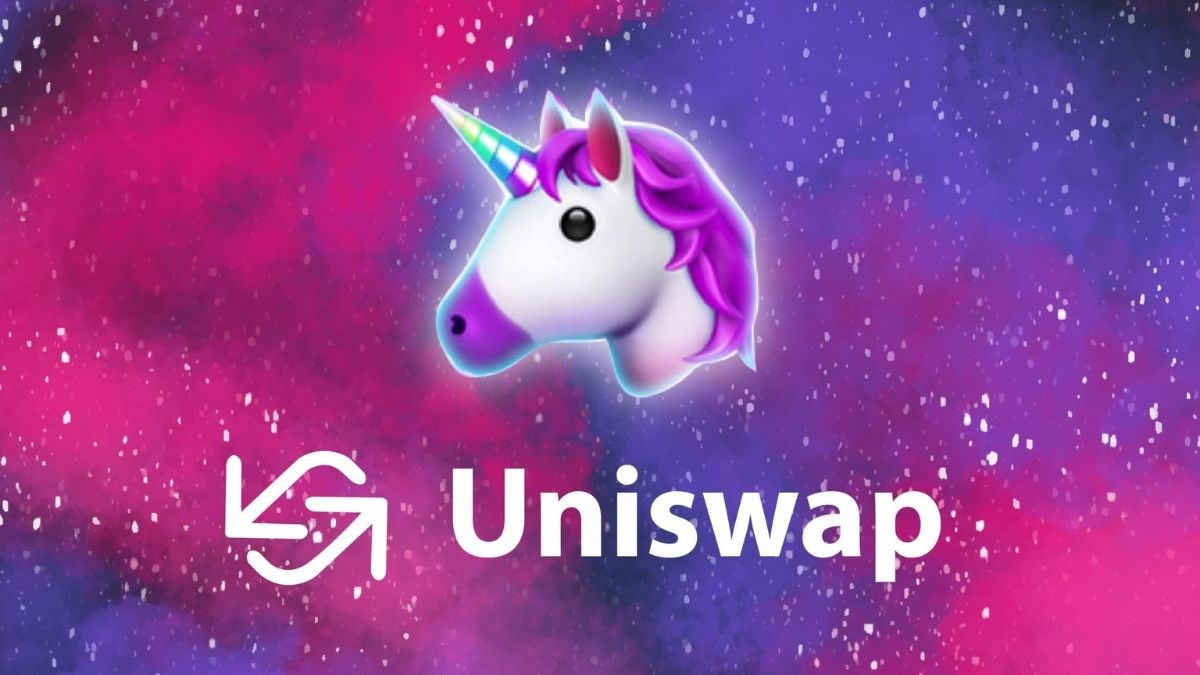
One of the best-known decentralized exchanges in the cryptocurrency market has just passed the US$500 billion transacted mark.

“We’re proud of the magnitude of this number, but we’re even happier knowing that millions of users have had direct access to markets they could trust were operating in their best interest.” – stated Uniswap Labs on Twitter.
About 2 billion of this volume was thanks to two scalability solutions integrated into the project:
“⚡️ $2 billion of this volume was contributed by @arbitrum and @optimismPBC deployments, which are starting to see significant traction!” – said Uniswap Labs.
Uniswap was created in November 2018, but it was conceived in 2016 by Vitalik Buterin (creator of Ethereum). With support from the Ethereum Foundation, programmer Hayden Adams made the idea come true.
Since then, the broker has not stopped growing and its UNI token is already worth 14.35 billion dollars.
With Uniswap, anyone can be an arbitrator between tokens using the blockchain, which narrows the price gap in small markets and gives incentives to balance asset prices using blockchain and centralized brokerages.
Currently, UNI is traded in several brokers in EEUU and around the world, such as Coinbase, Bitfinex and Binance US.
“We are so grateful to be together on this journey with our incredible community, and we can’t wait to hit the $1tn mark.”
-
Opinion2 years ago
XRP: FOX Business Senior Correspondent Says SEC Is Losing Its Lawsuit Against Ripple
-
Tutorials3 years ago
How to Earn, Farm and Stake CAKE on PancakeSwap with Trust Wallet
-
Altcoins News3 years ago
Projects with ongoing migration from Ethereum to Cardano
-
NFT3 years ago
CardanoKidz: The first NFTs arrive at Cardano
-
Tutorials3 years ago
How to set up a Bitcoin node: beginner’s guide
-
NFT3 years ago
SpaceBudz: new astronaut NFTs on Cardano
-
DeFi News3 years ago
Uniswap vs PancakeSwap: Full analysis
-
DeFi News3 years ago
Liqwid Finance the first DeFi project on Cardano: everything you need to know

